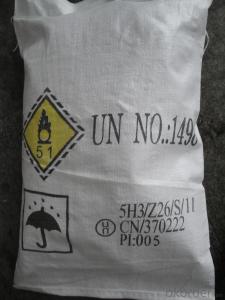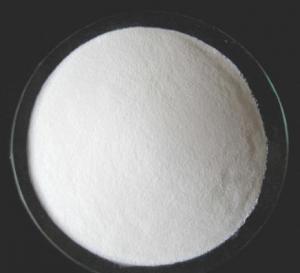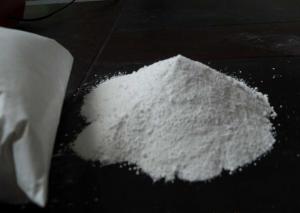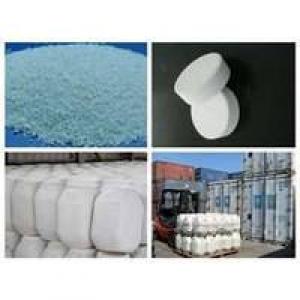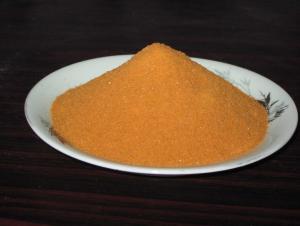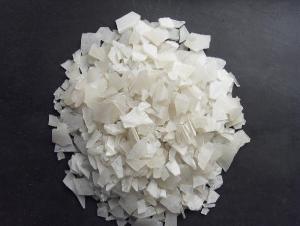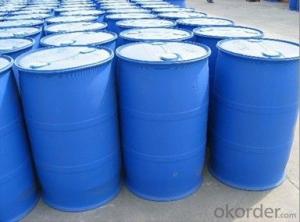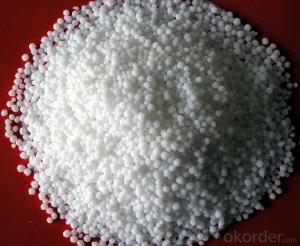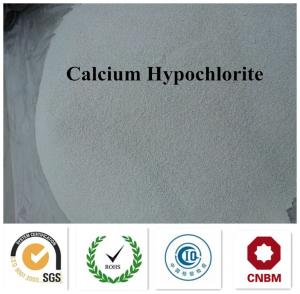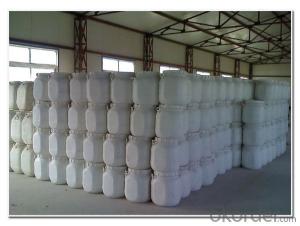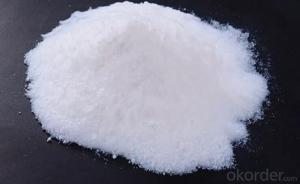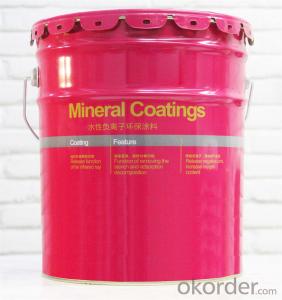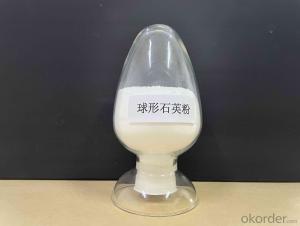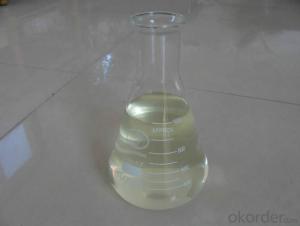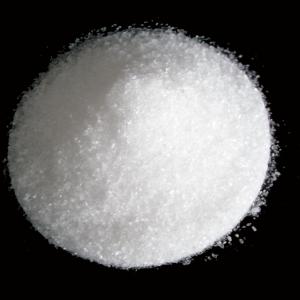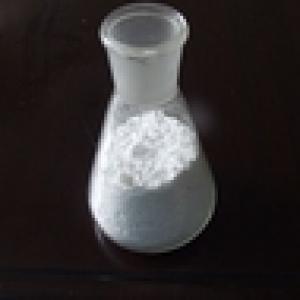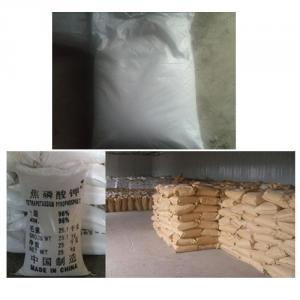SODIUM NITRATE INDUSTRY GRADE POWDER 99.3%
- Loading Port:
- Qingdao
- Payment Terms:
- TT OR LC
- Min Order Qty:
- 20 m.t.
- Supply Capability:
- 6000 m.t./month
OKorder Service Pledge
OKorder Financial Service
You Might Also Like
odium nitrate for industrial use
Quality index:
Item | Index |
Content of Sodium nitrate (calculated by dry base)% | ≥99 |
Content of Sodium nitrite (calculated by dry base)% | ≤0.02 |
Content of chloride(NaCL) (calculated by dry base)% | ≤0.30 |
Content of insolubles in water (calculated by dry base)% | ≤0.06 |
Moisture % | ≤1.5 |
Content of Sodium carbonate (calculated by dry base)% | ≤0.10 |
Property:
Its appearance is white fine crystal .Some are light gray or buff. The relative molecular weight is 84.99,and density is 2.257,.It’s easy to be deliquescence ,and to dissolve in water and liquid ammonia ,but only a little can dissolve in ethanol and gglycerin . The melting point is 271°C and decomposition temperature is 380°C.It’s demvomposition products are sodium nitrite and oxygen.If heated to higher temperature ,it will be decomposed into the mixed gas of oxygen,,azote and oxynitride.It has the strong oxidizing property and can cause the inflammagtion and explore while mixed with organics,sulfur and sulfite.
The transportation:
When alone, the transport process shipment to ensure no leakage, container, don't fall, no damage. When the transportation vehicles shall be equipped with appropriate varieties and number of fire equipment. Transport vehicle handling, should be thoroughly clean and wash.
Storage keep ventilation should be, dry warehouse, prevent the rain, damp and direct sunlight. Avoid with metal powder, gauze, paper, sugar and storage.
- Q:Common inorganic salt ions will appear when the corresponding symptoms
- Calcium ion: detoxification, osteoporosis
- Q:The effect of inorganic salt medium and the difference with enrichment medium
- The landlord said the basic nutrient base? That is based on the inorganic salt with carbon source and energy sources, such as beef extract, peptone, etc., the basic nutrients can provide the necessary cells to grow cells.
- Q:What foods contain inorganic salts?
- Most of the food contains inorganic salts, the so-called inorganic salts, also known as minerals or ash. Minerals are naturally occurring compounds or natural elements in the crust. There are about 50 kinds of minerals in the human body, although they in the human body only 4% of body weight, but it is an essential part of the organism. Kelp, jellyfish, seaweed, moss; bones, soy products, lean meat, animal liver, brown rice and so on.
- Q:salt is organic or inorganic?
- Inorganic -- does not contain carbon.
- Q:During the different periods of plant growth, the amount of water and inorganic salt required is different.
- Plant life, although the need for a variety of inorganic salts, but different plants on the various types of inorganic salt requirements are different, such as cabbage, spinach and other human needs leaves of vegetables need nitrogen containing inorganic salts, tomato, peanuts need phosphorus Of the inorganic salt and more, sweet potatoes, potatoes need potassium-containing inorganic salts; the same plant with the growth period of the different requirements of inorganic salts are not the same, for example, plants in the seedling period requires nitrogenous inorganic salts , In the flowering, the results of the period of time need more phosphorus-containing inorganic salts. Therefore, different plants and the same plant growth period, the need for inorganic salts are different. So the answer is: different; different
- Q:Please help me!
- something is considered an organic compound if it contains Carbon, Oxygen or Hydrogen which every living being contains. If it lacks all 3 then its inorganic, if it has one or more then its considered organic
- Q:What is the use of inorganic salts and organic salts?
- The organics are compounds containing carbon, and the inorganic salts are salts containing no carbon. For example, we usually eat sugar is organic matter, salt is inorganic salt.
- Q:Inorganic salts are not nutritious
- Nutritional substances are sugar protein fat three nutrients
- Q:What is the risk of low inorganic salt?
- Phosphorus into the body of phosphorus containing 750-800mg about 1% of body weight, mineral weight of 1/4. Of which 87.6% in the form of hydroxyapatite bone salt stored in the bones and teeth, 10% with protein, fat, sugar and other organic matter combined constitute soft tissue, the rest distributed in the muscle, skin, nerve tissue and other tissues and membranes Of the ingredients. Function Phosphorus is present in every cell of the human body, which is indispensable for bone growth, tooth development, renal function and nerve conduction. Phosphorus is a component of nucleic acids, phospholipids and certain enzymes, which promotes growth and tissue repair. It helps carbohydrate fat and protein utilization, regulates glycogen breakdown, and participates in energy metabolism. Phospholipids are the major components of the cell membrane, which are related to the permeability of the membrane. Phosphate can regulate the metabolism of vitamin D, to maintain the stability of calcium within the environment. Lack of disease phosphorus deficiency when the mental confusion, cranial nerve palsy, transport disorders, muscle weakness, hypothyroidism, anorexia, joint stiffness, abnormal blood, urinary calcium increased. Typical cases hyperphosphatemia, renal dysfunction, or hypoparathyroidism and hypothyroidism and other endocrine diseases can also occur. Too many symptoms nerve excitement, tetany and convulsions. The physiological requirement of phosphorus is 12.3mg / kg / d. Calcium / phosphorus ratio in the 2: 1-1: 2 appropriate range. Food sources food in the meat, fish, milk, beans and hard shells and other phosphorus more.
- Q:Several inorganic salts are lacking in symptoms and food sources
- Ingredients of calcium-containing inorganic salts: dairy products, beans, grains, kelp and so on
1. Manufacturer Overview |
|
|---|---|
| Location | |
| Year Established | |
| Annual Output Value | |
| Main Markets | |
| Company Certifications | |
2. Manufacturer Certificates |
|
|---|---|
| a) Certification Name | |
| Range | |
| Reference | |
| Validity Period | |
3. Manufacturer Capability |
|
|---|---|
| a)Trade Capacity | |
| Nearest Port | |
| Export Percentage | |
| No.of Employees in Trade Department | |
| Language Spoken: | |
| b)Factory Information | |
| Factory Size: | |
| No. of Production Lines | |
| Contract Manufacturing | |
| Product Price Range | |
Send your message to us
SODIUM NITRATE INDUSTRY GRADE POWDER 99.3%
- Loading Port:
- Qingdao
- Payment Terms:
- TT OR LC
- Min Order Qty:
- 20 m.t.
- Supply Capability:
- 6000 m.t./month
OKorder Service Pledge
OKorder Financial Service
Similar products
New products
Hot products
